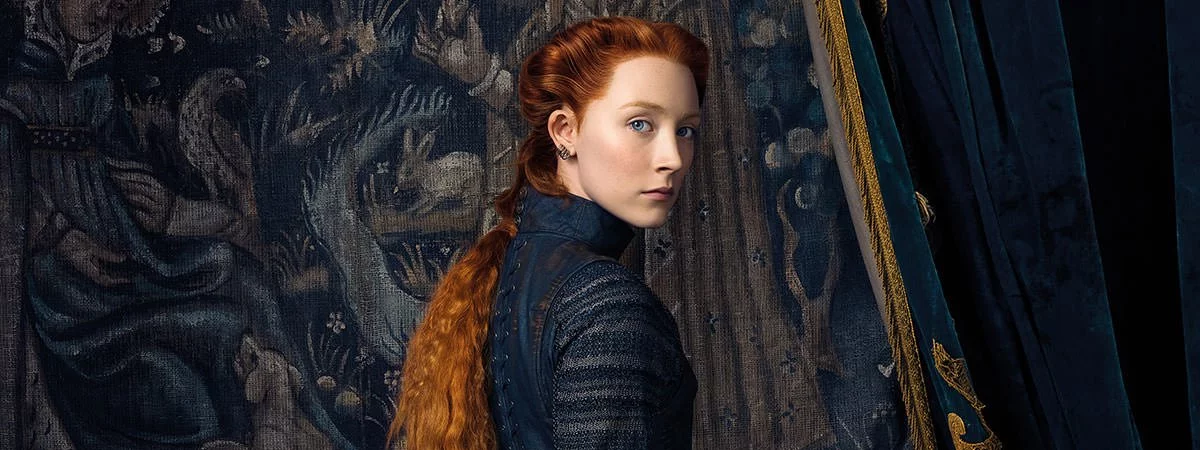Mary, Queen of Scots, was a prominent figure in 16th century Europe who reigned over Scotland from 14 December 1542 to 24 July 1567. She was also Queen Consort of France for a brief period through her marriage to Francis II of France. Mary, who is considered to have been very beautiful, married multiple times during her life. She first married Francis II of France; then Henry Stuart, Lord Darnley; and finally James Hepburn, Earl of Bothwell. Her last marriage was controversial as the Earl was suspected of murdering her second husband Lord Darnley. Mary was then imprisoned in Loch Leven Castle. She managed to escape and sought protection from her cousin Queen Elizabeth of England. However, Elizabeth kept Mary prisoner for eighteen and a half years; and finally had her executed. Here are 10 interesting facts about the life, marriages, education, reign, imprisonment and execution of Mary, Queen of Scots.
#1 SHE BECAME KNOWN AS QUEEN OF SCOTS WHEN SHE WAS JUST AN INFANT
Mary was born on December 8, 1542 at Linlithgow in Scotland to the King of Scotland James V and his French wife Mary of Guise. A mere six days after she was born, on December 14, 1542, her father passed away. As she was the only legitimate heir, Mary was crowned queen on September 9, 1543, at Stirling Castle. She thus became known as Queen of Scots when she was just an infant. King Henry VIII of England proposed that the two kingdoms of England and Scotland be unified with a marriage between Mary and Henry’s own son and heir, Edward. Signed on July 1, 1543 and known as the Greenwich Treaty, this treaty was an arrangement between the representatives of arch rivals, England and Scotland. However, if the couple was unable to produce an heir, the treaty was to dissolve.
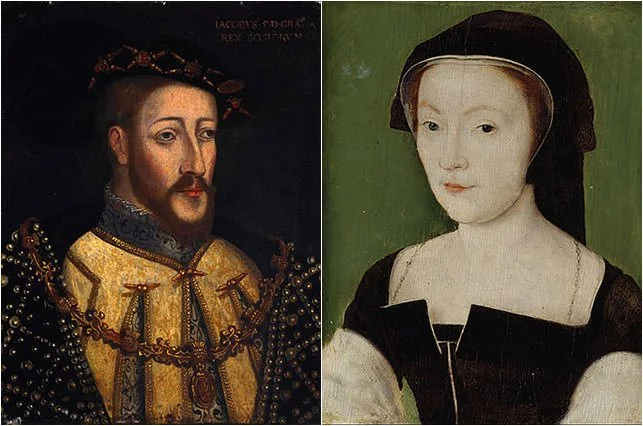
#2 MARY’S PORTRAITS SHOW HER TO BE VERY BEAUTIFUL
Following a period of political unrest, the Greenwich Treaty was rejected by the Parliament of Scotland and the British forces raided the Scot and French territories. Mary was sent away to a secret place and the Scots turned to the French for help. Since childhood, Mary showed signs of great talent, and her skills were honed further under expert training and tutelage. Mary was skilled in falconry, poetry, writing prose, needlework and was also nifty in horsemanship. She mastered French, Spanish, Latin, Greek and Italian apart from her mother tongue. She also learnt to play the lute. Portraits of Mary, Queen of Scots in museums across the world show that she was strikingly beautiful.
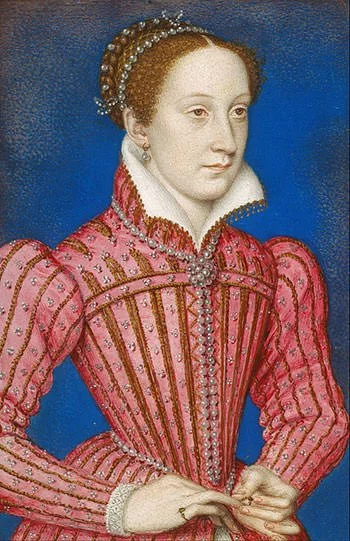
#3 SHE MARRIED FRANCIS II OF FRANCE THROUGH THE TREATY OF HADDINGTON
Mary’s first proper marriage was through the Treaty of Haddington, which was signed in 1548. The treaty promised the hand of Mary to Francis, in return for military help of the French to lay siege to Haddington and take it away from the British. Once the marriage agreement was signed, little Mary was sent to France, where she spent the next thirteen years of her life courting the French. The marriage was formally solemnized in 1554. When the King of France died in 1559, Francis ascended the throne. This led to Mary becoming the Queen of France for a brief period until Francis suddenly died in December 1560. On August 19, 1561, around 13 years since she left, Mary returned to her homeland. But by now, she was depressed and world weary, and on the ship on way back from France to Scotland, she even wrote a heart-wrenching poem, Farewell, my dearest homeland.
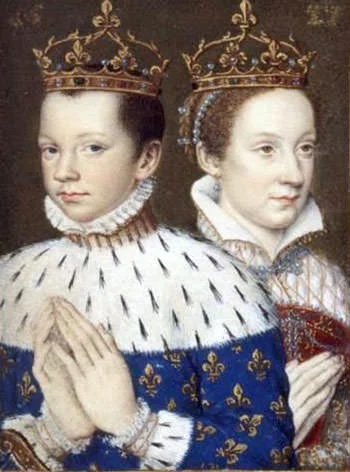
#4 MARY’S SECOND MARRIAGE WAS TO HENRY STUART, LORD DARNLEY
Four years after her return to Scotland, on July 29, 1565, Mary married her first cousin, Lord Henry Stuart Darnley at the Holyrood Palace. However, Darnley started demanding the Crown Matrimonial, which would have made him a co-sovereign of Scotland, and would have given him the right to retain the crown if Mary died before him. Mary declined and the relationship between the couple began to sour. Soon, rumour mills were rife with the speculation that David Rizzio, Mary’s private secretary, was the father of the child she was expecting. A jealous Darnley and his friends murdered Rizzio right in front of the eyes of Mary at a supper party Darnley had organized in Holyrood House Palace. After this, the marriage of Darnley and Mary was over. However, Mary gave birth to James on June 19, 1566 in the Edinburgh Castle, and thus was born a new heir to the throne of Scotland.
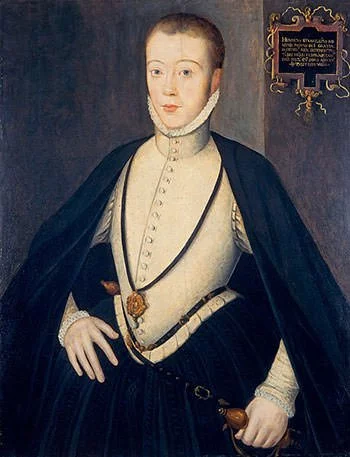
#5 HER LOVER JAMES HEPBURN WAS SUSPECTED OF MURDERING LORD DARNLEY
In February 1567, Darnley was found murdered in the royal garden under mysterious circumstances. He had been asphyxiated. It was suspected that he was treacherously murdered by the queen’s council. Mary herself had come to see Darnley, who was recuperating from a prolonged illness the previous night. Hence, she also came under suspicion. Around the same time, Mary’s fondness for James Hepburn, Earl of Bothwell also started doing the rounds. Finally, it was believed that the Earl had murdered Darnley. Mary and the Earl’s father ordered a trial by parliament, and Earl of Bothwell was acquitted after a seven-hour trial.
#6 MARY MARRIED THE EARL OF BOTHWELL AFTER HE ABDUCTED HER
Within a week of his acquittal, James Hepburn, the Earl of Bothwell, managed to get the approval of many Lords of the queen’s court to support his marriage to Queen Mary. And when Mary was returning to Edinburgh after visiting her son, the Earl and his men abducted her. Mary, believing that many nobles approved her marriage to the Earl, wedded him. However, the Earl and the Lords did not get along well, and the marriage only made Mary more unpopular. Everyone was shocked that she married the man who was suspected to have murdered her husband. The peers and the army rose in rebellion against the royal couple, and Mary was taken to Edinburgh while the Earl managed to escape. The public deemed her an adulteress and murderer, and she was imprisoned in Loch Leven Castle. She was then forced to abdicate in favour of her son James, who was a year old at that time. This ended Mary’s official reign over Scotland, which lasted from her father’s death on 14th December 1542 to 24th July 1567.
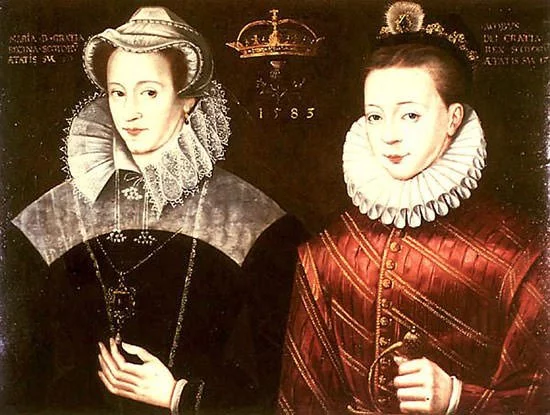
#7 SHE ESCAPED TO ENGLAND BUT WAS IMPRISONED BY QUEEN ELIZABETH
Mary made a daring escape from the Loch Leven castle with the help of the castle’s owner on May 2, 1568. She then mobilized an army and tried to take on the regents who had risen to power in Scotland, so that she could regain the throne. However, she was defeated and had to flee to England, where she sought the asylum of her first cousin, Queen Elizabeth I of England. Elizabeth detained Mary by pretending to help her and then imprisoned her. Mary was Elizabeth’s prisoner for more than 18 years before she was tried and executed. Surprisingly, in all this time, the two never met each other.
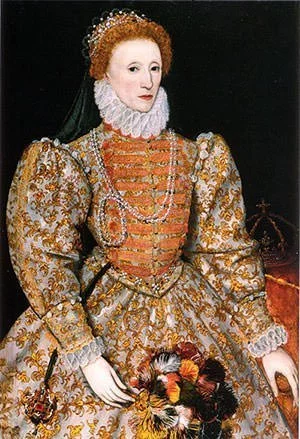
#8 HER PRESENCE IN ENGLAND LED TO CONSPIRACIES AGAINST QUEEN ELIZABETH
Contrary to the life one would expect prisoners to lead, Mary led a life of comfort and luxury. Elizabeth had no intention of either acquitting Mary or prosecuting her. She just wanted Mary, who was a serious threat to the crown of England, to be kept under surveillance. But since she was considered the legitimate sovereign of England by many English Catholics, Mary became the subject of many conspiracies against Elizabeth. In 1571, Elizabeth’s men uncovered a plot that involved a plan to overthrow Elizabeth and make Mary the queen with the help of Duke of Norfolk and Spanish troops. Mary then said that she wanted to retire, and give up her wish to the English throne permanently. She said she’d like to go back to her son, James, who was to marry with the consent of Elizabeth. All she wanted in return was that her captivity be ended. James, however, did not like this idea and signed an alliance with Elizabeth, instead.
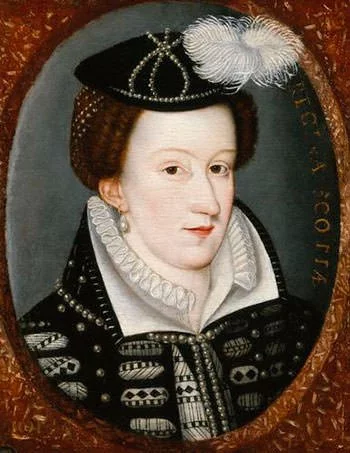
#9 MARY WAS EXECUTED ON THE ORDERS OF QUEEN ELIZABETH
It was the Babington Plot which came to light in 1586 that finally had Elizabeth acceding to Mary’s trial. The letters clearly showed Mary’s hand in conspiring to kill Elizabeth and take over the throne of England. On October 25th, Mary was convicted and sentenced to death. After dithering for quite a while, on February 1, 1587, Elizabeth signed Mary’s death warrant. On February 8, 1587 a week after Elizabeth signed her death warrant, Mary was executed at Fotheringhay Castle, Northamptonshire. Mary spent the last hours of her life praying and distributing her belongings to her maids and servants, writing her will and a letter to the King of France. Mary was 44 years old at the time of her execution, and as the executioner held her severed head up, her wig came loose and it was discovered that Mary, in reality, had grey hair, and not auburn.
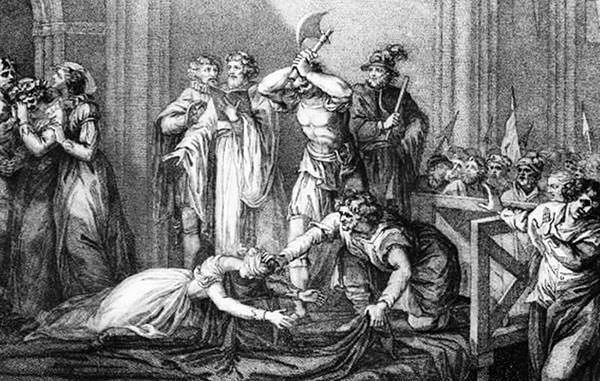
#10 MARY WAS LATER BURIED ALONGSIDE HER COUSIN QUEEN ELIZABETH
Mary had requested that she be buried in France, but Elizabeth refused to give permission for that. She was finally buried in Peterborough Cathedral in July 1587. In 1612, Mary’s son, James VI of Scotland and I of England, had her remains moved to the chapel in Westminster Abbey, where Elizabeth also lies in rest. Which was how, Mary who never came face-to-face with her cousin Elizabeth I during her lifetime, came to rest beside her in Westminster Abbey.

